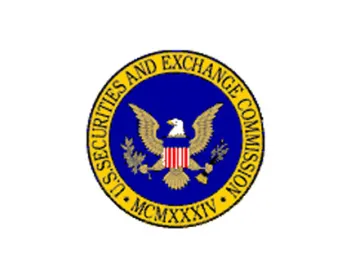Regulation A+ goes into effect June 19, 2015, allowing funding of companies by non-accredited investors. Smaller companies can offer and sell up to $50 million of securities in a 12-month period, subject to eligibility, disclosure, and reporting requirements.
The regulations allow two tiers of potential offerings. Tier 1 allows security offerings of up to $20 million in a 12-month period. Tier 2 allows security offerings of up to $50 million in a 12-month period but also requires audited financial statements, annual, semi-annual, and current-event reports, and a limitation on the amount of securities non-accredited investors can purchase of no more than 10% of the greater of the investor’s annual income or net worth. Tier 1 limits offers to not more than $6 million by selling security holders that are affiliates of the issuers, and Tier 2 limits offers to not more than $15 million.
All offerings under Regulation A+ will still require electronic filing of offering materials and other current practices for registered offerings under Regulation A. Offerings will also permit companies to submit draft offering statements for non-public review by SEC staff and allow companies to use solicitation materials after filing the offering statement.
The states of Montana and Massachusetts have both challenged Regulation A+ as arbitrary under the Administrative Procedures Act. Regulation A+ exempts offerings sold under Tier 2 from state blue sky laws. The SEC denied a stay to the implementation of the rules pending the outcome of these challenges. The rules could still be overturned in court, although agencies are given great deference under the Administrative Procedures Act so the success of these challenges is doubtful.
These rules were adopted pursuant to Title IV of the Jumpstart Our Business Startups (JOBS) Act of 2012. The SEC plans to adopt crowdfunding rules pursuant to Title III later in 2015 or 2016. Title III will allow startups to solicit as many unaccredited investors as they wish, though solicitations will be limited to $1 million annually.
Smaller companies may view Regulation A+ as a way to broadly raise funds without undergoing the rigorous requirements of registration under the Securities Act. However, companies need to remember that any offerings will still be subject to various federal laws and regulations and could open up companies and individuals to SEC investigations. Any disclosure statements must be accurate and truthful. Any misleading or incomplete offering materials or disclosures could result in civil enforcement proceedings by the SEC and/or prosecution by the Department of Justice pursuant to criminal fraud statutes.
Regulation A+ expands on Regulation A, a longstanding but rarely used exemption to registration under the Securities Act of 1933. Part of the reason that Regulation A has been so rarely used is because of the significant costs associated with compliance with SEC regulations. Although Regulation A+ allows access to a broader range of individuals as investors, the compliance costs will still be high.
Numerous SEC investigations and enforcement actions in this area are likely. In adopting these rules, the SEC is going to conduct a study and provide a report within five years “on the impact of both the Tier 1 and Tier 2 offerings on capital formation and investor protection.” See SEC Press Release: SEC Adopts Rules to Facilitate Smaller Companies’ Access to Capital. A higher degree of protection may be needed for the non-accredited investors who will be participating in these offerings. It is very likely that offerings under Regulation A+ will face close scrutiny.
The SEC has published a Small Entity Compliance Guide to assist companies in raising funds under Regulation A+.




 />i
/>i

